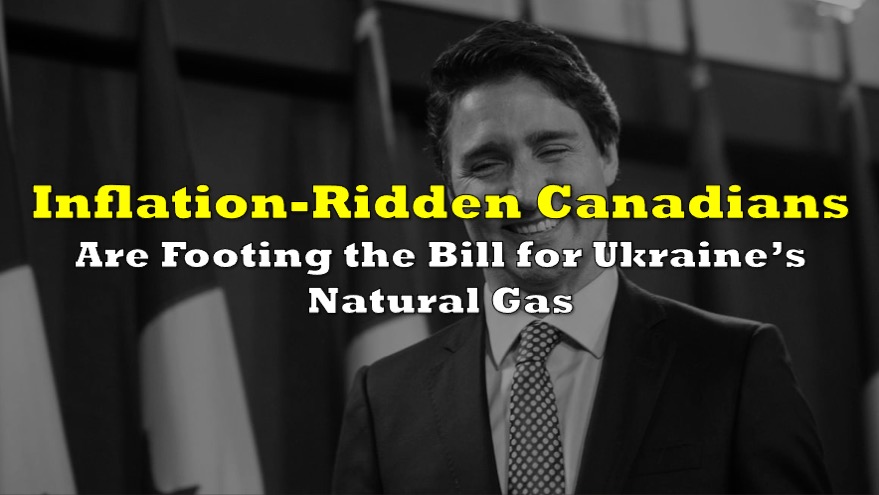Ukraine’s government has signaled a willingness to implement a 30-day ceasefire with Russia, contingent upon Moscow’s reciprocal agreement, in what could become a major turning point in the conflict that has gripped the region since 2014.
In a joint statement released from talks in Jeddah, Saudi Arabia, both American and Ukrainian officials declared the time had come “to begin a process toward lasting peace,” with US negotiators promising to communicate to Russia that “Russian reciprocity is the key to achieving peace.”
Joint US-Ukraine statement 🇺🇸🇺🇦👀 pic.twitter.com/hKsD03pGnN
— Savchenko Volodymyr (@SavchenkoReview) March 11, 2025
Ukraine expressed gratitude to President Donald Trump and Congress for continued support, while emphasizing the importance of an immediate halt to hostilities. At the same time, the US pledged to lift a recently imposed pause on intelligence sharing and resume security assistance.
Reflecting the cautious optimism surrounding these developments, State Secretary Marco Rubio stated, “The ball is now in Russia’s court on Ukraine peace. Our hope is the Russians will say yes.”
Reactions on the Russian side have been mixed. State Duma Deputy Viktor Sobolev bluntly rejected the proposal, warning that “a temporary truce is unacceptable—it only benefits the enemy.” His view echoes other Russian officials who argue that a ceasefire would merely allow time for Ukraine to rearm.
BREAKING
— Astraia Intel (@astraiaintel) March 11, 2025
Russian deputy Viktor Sobolev: “A temporary truce is unacceptable—it only benefits the enemy.”
🇷🇺🇺🇦 pic.twitter.com/gpQoewxPMC
❗️First comments from russian terrorists:
— Jürgen Nauditt 🇩🇪🇺🇦 (@jurgen_nauditt) March 11, 2025
The US will rearm Ukraine within 30 days of the ceasefire and start the war "anew" – russia will not agree to this, – State Duma deputy Viktor Sobolev.
I think this is completely unacceptable. Some kind of temporary ceasefire – the… pic.twitter.com/JgA8jc36QU
Meanwhile, unverified reports suggest Moscow might be open to limited concessions if the West partially lifts sanctions on Russia’s energy sector—an idea Kyiv has not endorsed.
❗️🤔 Russia will agree to a ceasefire in exchange for partial lifting of sanctions on the energy sector, — People's Deputy Buzhansky
— MAKS 24 🇺🇦👀 (@Maks_NAFO_FELLA) March 11, 2025
Illia Ponomarenko, a Ukraine-based journalist, pointed out that this would be “literally the 26th attempt to declare an armistice” since the war in eastern Ukraine began.
Despite widespread weariness with the prolonged conflict, critics note that previous ceasefires have collapsed in the face of renewed offensives.
“Some kind of temporary ceasefire—the president [Putin] also spoke about this—is unacceptable,” Sobolev reiterated, capturing Russia’s skepticism.
Swiss security think tank, the Geneva Centre for Security Policy, recently released a “Ceasefire Toolkit” proposing a robust monitoring mission, including thousands of civilian and military personnel. The plan outlines a buffer zone between opposing forces, along with humanitarian provisions such as prisoner exchanges.
However, experts question whether any monitoring force could prevent Russia from launching a new attack if it so chooses given how the war started in the first place, with President Vladimir Putin initially denying invasion plans until just before ordering troops into Ukraine en masse in 2022.
Information for this story was found via the sources and companies mentioned. The author has no securities or affiliations related to the organizations discussed. Not a recommendation to buy or sell. Always do additional research and consult a professional before purchasing a security. The author holds no licenses.









